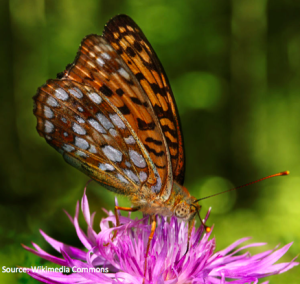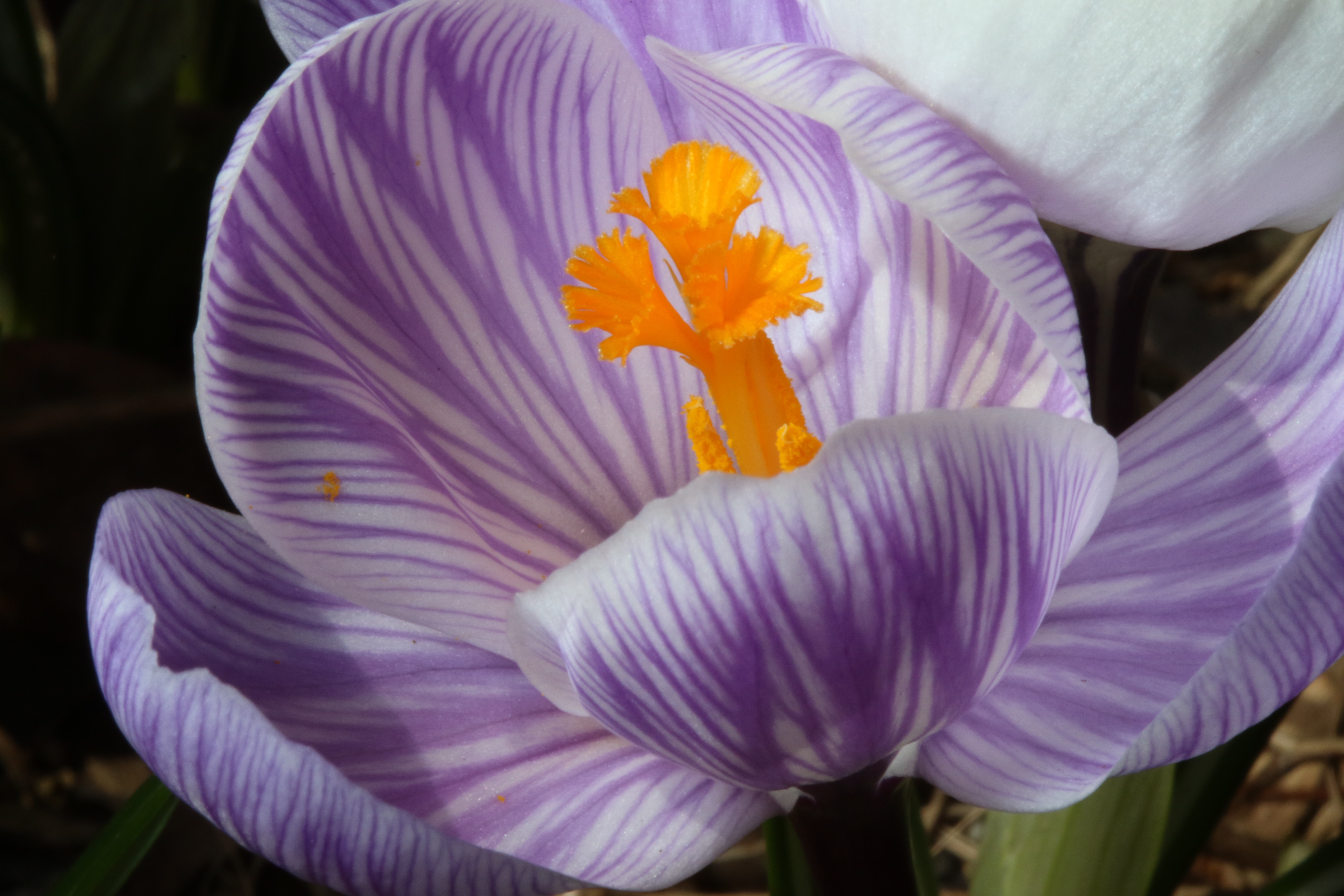Who are your insect Earth Day heros?

The Hummingbird Hawk- Moth: Forget about Hawkeye, these huge moths are super important pollinators with large fluffy bodies. Their long proboscises are excellent at retrieving nectar from large flowers and they look so similar to hummingbirds that you can easily confuse them!
Flies: These unsung heroes are incredibly important for pollination. Although flies may not transfer pollen as efficiently as bees or moths, these insects play an enormous role in the grand scheme of pollination.

The Honeybee: Unlike most invasive species, the European Honeybee is incredibly ecologically important in its non- native regions. This Eco- Hero pollinates a wide variety of flowering plants and crops across the world. However, recently colony collapse disorder has resulted in radical population declines.
What can you do to help this hero and other bees? If you ever encounter a swarm of bees at your house or school make sure to contact the local county extension office and never spray them with insecticides!


Everyday Heroes: Beetles, mites, moths, and flies play a very important role in regards to nutrient cycling. By consuming detritus, these insects are able to transform dead organisms into useful, nutrient-rich material for new growth to start anew!

Next Level Vigilantes: If your average decomposer doesn’t impress you then take a look at the mealworm. Recent studies have found mealworms are able to consume plastics such as Styrofoam and convert them into biodegradable waste and CO2. Considering some plastics take millions of years to decompose, introducing mealworms to landfills could greatly reduce the environmental impacts!
Source: http://pubs.acs.org/doi/abs/10.1021/acs.est.5b02663


Caddisfly Larvae: In their juvenile stages, these larvae can be found throughout stream ecosystems and are well known not only for their indicator status but engineering capabilities. Depending on the species, larvae can construct cases from rocks, webs, sand, and detritus to protect their fragile bodies and create currents to improve oxygen uptake. However, if water quality in streams is low (not enough dissolved oxygen, pollutants, too much sediment, etc.), then larvae are not able to survive.

Butterflies: Despite living short lives, butterflies have complex life cycles, making them vulnerable to environmental change and causing populations to respond quickly. Considering these life history traits and their ability to inhabit diverse terrestrial habitats, butterflies make excellent indicator species.


Insects serve as an incredibly important food source for organisms all around the world. Birds, fish, reptiles, amphibians, and mammals (including many humans) rely on insects as a vital food source. In fact, by eating insects opposed to a traditional meat protein you can make a huge difference environmentally. How is this possible you may ask? Unlike cows, chickens, or fish that have long lifespans and live higher up on the food chain, insects reproduce fast and often inhabit lower trophic levels. In addition to requiring a lot of time, food, and space, raising these animals also requires a lot of water. So go green and snack on bugs!





